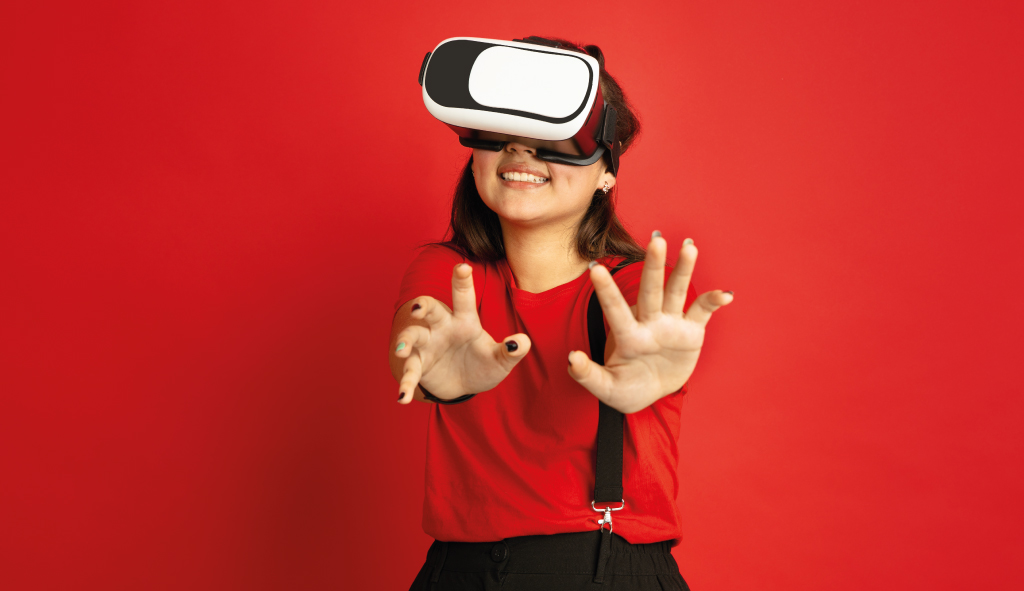Long gone are the days where your whole life revolves around your commute to work or school. Many people can choose where they want to live and can work remotely. College students can learn from the comfort of their bedrooms in their parents’ homes instead of going away to college.

Because employees can be trained remotely, students can learn from home, and countless other endeavors can happen digitally, it’s no surprise that eLearning courses are more popular today than ever before.
Businesses can capitalize on that popularity by making their eLearning courses accessible through localization. When they do choose to localize their eLearning content, they will not only have to consider the on-screen text and graphics, but also assess whether their course includes audio narrations or captions. They may decide to localize just voice-overs or subtitles to save time and money. Ideally, they’ll localize both, but if they feel they have to choose between the two, here’s what they need to know.
The Difference Between Voice-Over and Subtitles
These days, most eLearning courses combine both audio and visual text. They may have a narrator (on or off-screen) and slides or text graphics that highlight the main points of what the speaker is explaining.
When localizing eLearning courses that have audio material, this leaves you with the option of choosing to localize the voice-overs or subtitles of the audio content for the sake of speeding up the localization process and saving money. It’s always a good idea to localize any on-screen text.
Choosing to localize one element over the other will come down to the course content. If the course relies more heavily on audio narration than written content, then it may make more sense to localize the audio of the course. If the course features on-camera hosts who speak frequently, then the dubbing of the audio can be costly and you may find that localizing the subtitles gets the job done well. Localizing subtitles takes less time than localizing voice-over content, so this is usually the more affordable route to take.
Pros and Cons of Voice-Over Localization
Let’s take a look at some of the pros and cons associated with focusing on voice-over localization.
Pros
- More engaging for the viewer
- No loss of audio
- Less text on the screen
Cons
- More time-consuming than localizing subtitles
- Less cost-effective
- Voices may not match the on-screen speaker’s speaking movements and gestures
Pros and Cons of Subtitle Localization
There are of course also advantages and disadvantages associated with localizing subtitles.
Pros
- Easier and faster
- Cost-effective
- Improves accessibility of video content
Cons
- Subtitles can distract from on-screen text
- The learning experience becomes less immersive
- Text may be too small on mobile eLearning experiences
The Takeaway

Depending on the specifics of the course that needs localization, choosing to localize just subtitles or voice-overs may be the way to go. Which is the right fit will depend entirely on the unique needs of the project. For example, if there’s already a lot of text on screen that could make the use of subtitles confusing or if the narrator is off camera, then localizing voice-over content may be more important.
At times a combination of localizing both elements would be the best approach. In any case, it’s always advisable to talk to your eLearning localization partner and they will be able to provide advice and quotes for the different paths you can take to make your eLearning courses accessible in multiple languages.











































